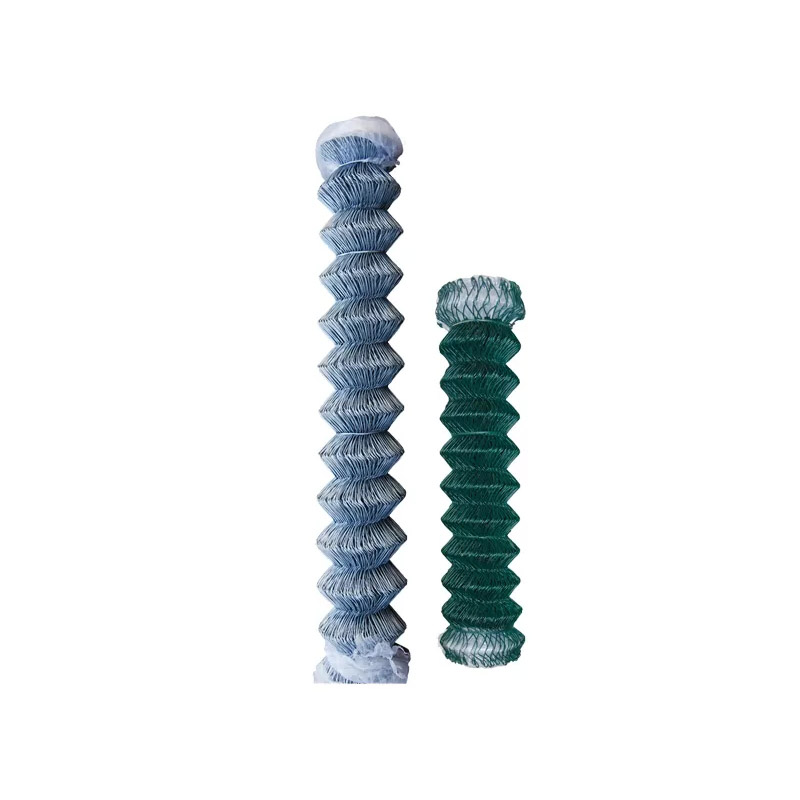
- Mobile Phone
- +8613931874955
- sales@cntcmetal.com
Understanding 2 Inch Extension Springs and Their Applications in Various Industries
Understanding 2-Inch Extension Springs Function, Design, and Applications
Extension springs are mechanical devices designed to absorb and store energy. They work on the principle of Hooke's Law, which states that the force exerted by a spring is directly proportional to its extension or compression. Among various sizes of extension springs, the 2-inch extension spring is a popular choice for many applications due to its convenient size and versatile functionality.
The Design of a 2-Inch Extension Spring
A 2-inch extension spring typically features a helical coil design. This design allows the spring to stretch when a tensile force is applied, subsequently returning to its original length when the force is released. The basic construction consists of several components
1. Material Extension springs are usually made from high-carbon steel or stainless steel, chosen for their high tensile strength and durability. These materials can withstand repeated cycling and provide the necessary elasticity.
2. Wire Diameter The thickness of the wire plays a critical role in determining the spring's load-bearing capacity and flexibility. Generally, a thicker wire will offer greater resistance to stretching but may require more force to extend.
3. Coil Count and Diameter The number of coils and the spring's outer diameter affect the spring's overall performance. More coils usually result in a more elongated expansion and a softer action, while fewer coils provide a stiffer response.
4. Ends The ends of the extensions springs can have various designs, including loops, hooks, or plain ends, which facilitate attachment to different applications.
How 2-Inch Extension Springs Work
Extension springs work by allowing forces to act on the coils. When a load is applied, the spring stretches, storing energy in its coiled structure. This energy is released when the load is removed. The amount of energy stored and the maximum load capacity depends on the spring's design parameters, including wire diameter, coil count, and material properties.
The performance of a 2-inch extension spring can be quantified using formulas derived from Hooke's Law, but understanding its operational context is paramount. The spring's extension (how much it can stretch before reaching its yield point) must exceed the maximum load to allow proper functionality without permanent deformation.
2 inch extension spring

Applications of 2-Inch Extension Springs
2-inch extension springs are immensely versatile and are used across numerous industries. Some common applications include
2. Furniture In recliners and office chairs, 2-inch extension springs often support mechanisms that allow for adjustment and extension of seating positions.
3. Industrial Machinery Many machines rely on extension springs for tensioning belts or cables, ensuring that components remain tight and operational.
4. Toys and Consumer Products These springs are used in many everyday items such as toys, where a pull action generates movement.
5. Exercise Equipment Resistance trainers and other gym equipment feature extension springs to provide adjustable resistance for workouts.
Choosing the Right 2-Inch Extension Spring
When selecting a 2-inch extension spring for a specific application, consider the following
- Load Requirements Determine the amount of force needed to be applied and choose a spring that can handle that without excessive elongation. - Environmental Conditions Depending on the application, the spring might face corrosive environments; thus, opting for a stainless steel spring may be prudent. - Safety Factors Always incorporate a safety margin in load calculations to prevent failure or wear on the spring.
In conclusion, the 2-inch extension spring is a crucial component in countless applications, striking a balance between size, functionality, and strength. Understanding its design, operational principles, and suitable applications can enable engineers and designers to leverage its potential fully, ensuring optimal performance across various fields. Whether in machinery, automotive components, or everyday consumer products, these small yet powerful devices play a vital role in modern engineering solutions.
share:
-
Wall Ties for Concrete: Invisible Guardians of Building Structural StabilityNewsAug.08,2025
-
Timber Frame Wall Ties: Stable Bonds for Load TransmissionNewsAug.08,2025
-
Stainless Steel Woven Wire Mesh: A versatile material from boundary protection to functional supportNewsAug.08,2025
-
Powder Coat Coil Springs: Creating peace of mind and reliability with sturdy protectionNewsAug.08,2025
-
Floor Standing Sign Holder: A Powerful Assistant for Flexible DisplayNewsAug.08,2025
-
Binding Iron Wire: An Invisible Bond for Building StabilityNewsAug.08,2025
-
Yard Sign Stakes: Reliable Guardians of Outdoor SignsNewsAug.04,2025



















